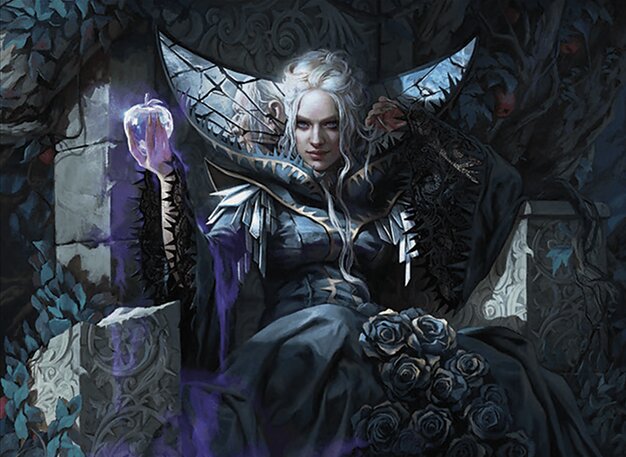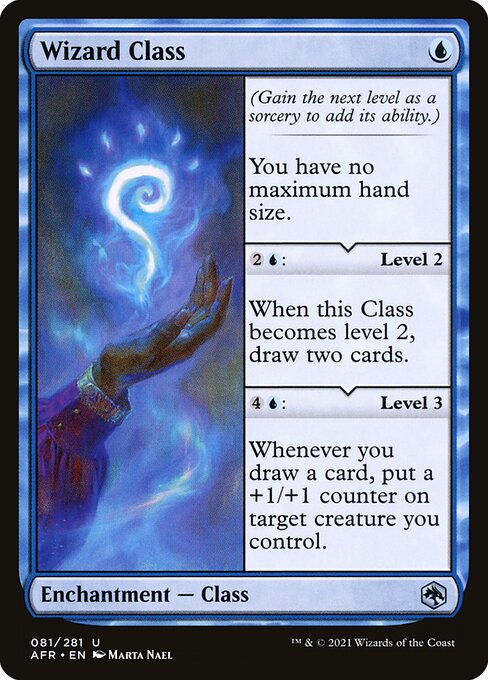Deck & Commander Strategies

Brenard, Ginger Sculptor
Utilizes food and golem synergies to create tokens and buff them, sacrificing creatures to generate food golem copies, aiming to overwhelm opponents with large, trample-enabled creatures.

Eriette of the Charmed Apple
Focuses on enchanting creatures with auras to prevent them from attacking her and to drain life from opponents each turn, gaining life and slowly wearing down the table while protecting herself.

Vadrik, Astral Archmage
A spellslinger deck leveraging the day/night mechanic to reduce instant and sorcery spell costs, buffing creatures and casting big impactful spells efficiently to control the board and close out the game.

Tadeas, Juniper Ascendant (Dhalsim)
A stax-style deck that slows down the game using taxing effects and controlling the board, while generating card advantage through combat damage with reach creatures and leveraging incremental resource gain.
Gameplay Insights
- 1
Dhalsim’s use of reach creatures with unblockable abilities allowed him to draw cards and maintain pressure despite a slower, controlling game plan.
- 2
Brenard’s ability to create food golem tokens from sacrificed creatures provided resilience and a steady stream of threats that challenged opponents' removal and board wipes.
- 3
Eriette’s aura-based life drain created a persistent threat that opponents had to deal with or risk losing incremental life every turn, shaping attack and block decisions.
- 4
Vadrik’s manipulation of the day/night cycle to reduce spell costs enabled him to cast powerful spells earlier than usual, putting pressure on opponents before they could fully establish their boards.
- 5
Players balanced aggression and defense carefully, with Dhalsim’s stax effects slowing the pace but also risking becoming a prime target due to the disruptive nature of the deck.
Notable Cards
-

Wizard Class
-

Talisman of Hierarchy
Gameplay Summary
The game started with all four players developing their boards cautiously, each setting up their unique strategies.
Brenard's food and golem synergy began to take shape with token generation and buffs, while Eriette focused on enchanting creatures with auras to drain life from opponents and gain life herself.
Vadrik aimed to leverage the day/night mechanic to reduce spell costs and buff his creatures for impactful plays.
Dhalsim, piloting a stax-style deck, sought to slow the game and control the board with taxing effects and reach-enabled creatures to chip away at opponents through combat damage and card advantage. As the game unfolded, key moments included Dhalsim deploying reach creatures with unblockable abilities to draw cards and apply pressure, while Eriette steadily increased her life drain impact through multiple auras.
Brenard capitalized on sacrificing creatures to create food golem tokens, steadily growing a threatening board presence.
Vadrik’s spellslinger approach gained momentum by maintaining the day/night cycle and casting big spells more efficiently.
The tension rose as players balanced aggression with defense, trying to avoid board wipes and stax effects.
The game’s turning point came when Dhalsim's stax elements slowed down the others enough to leverage his card draw engine, but the synergistic combos of Brenard’s food tokens and Eriette’s aura-based life drain threatened to close out the game quickly.
Ultimately, the interplay of continuous incremental advantage and board control defined the match, with players adapting to each other's strategies in a dynamic multiplayer environment.




























![Acererak vs Breya vs Vadrik vs Alesha [ EDH/Commander, Magic The Gathering Gameplay ] 2022 thumbnail](https://i.ytimg.com/vi/jB1-qgPS6uA/sddefault.jpg)
![Adrix & Nev vs Vadrik vs Volo vs Millicent [ EDH/Commander, Magic The Gathering Gameplay ] 2022 thumbnail](https://i.ytimg.com/vi/hn0Dvfv-koM/sddefault.jpg)



















